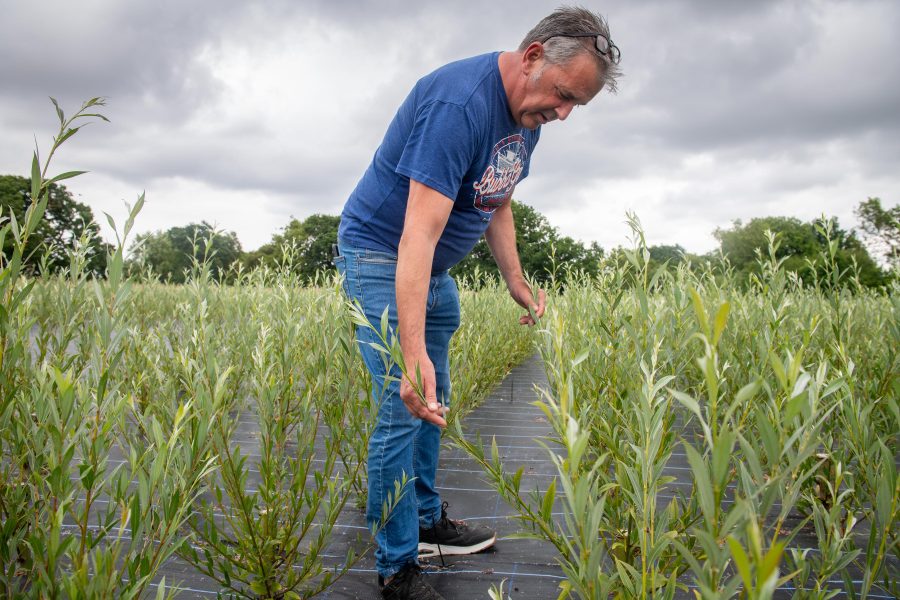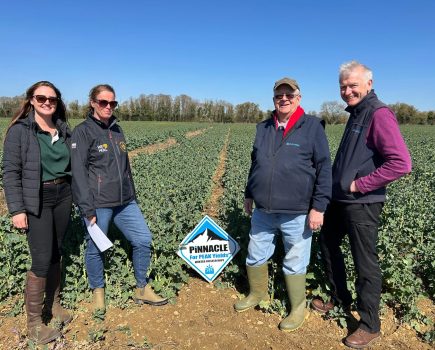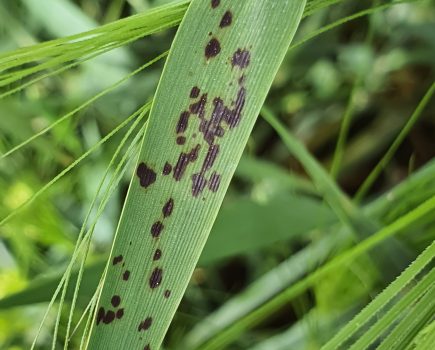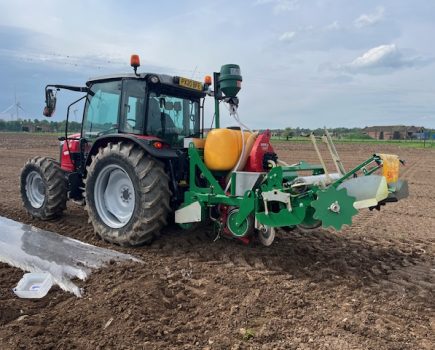Newly planted willow on the Hadlow Estate could be in the hands of top batsmen in a future Cricket World Cup thanks to a far-sighted diversification scheme.
Newly planted willow in the Kent countryside is starting on its journey towards becoming the timber for bats used by the next generation of cricketing greats.
In a deal struck with leading English cricket bat manufacturers Gray-Nicolls, a sett-bed of willow whips has been planted on the Estate, close to the Medway in Kent.
Another plantation of 200 of the moisture-loving trees is also being established by the Estate in a field, appropriately called Boggy Bank. And a number of mature willow trees on the Estate have been felled by a team from Gray-Nicolls, at Robertsbridge, East Sussex, which will also be turned into cricket bats.
Kate Teacher of the Hadlow Estate said: “These plantings are a great illustration of the way that the Estate has diversified. We carefully select locations for our agriculture and silviculture [growing trees] based on geology, water and what will grow well in each location.
“This arrangement with Gray-Nicolls also highlights our pride in growing timber for a UK-based company that is at the forefront of the industry, whilst preserving traditional rural crafts – namely bat making by master craftsmen.”
Kate explained that the change in the farm subsidy regime, away from direct payments, provided an opportunity to adapt. “We have to think of the right crop to grow in the right place. Growing willow, which matures relatively quickly and for which there is a market – to make cricket bats – is commercially viable, providing you have the right land,” she said. “From a relatively small piece of land you can grow a high value, fast-growing crop which is fairly low maintenance.
“From an environmental point of view, what is important is understanding and reflecting the type of climate and the soil type and growing what is best suited to that location. It means we don’t have to irrigate or use any fertiliser to get things to grow.”
The planting season for willow is from November to April and hardwood cuttings are generally better than rooted plants as there are no roots that need to recover from being disturbed. A 1ft hole made with a dibber is all that is needed for each whip, which can grow 6ft or more in the first growing season.
Twice a year the trees must be checked and any side shoots removed. Cricket bats are made from the main stem of the willow, which needs to be straight without any knots.
Still a family business, now in the hands of the 5th Generation of the Gray family, Grays was founded in 1855 by the well-known sportsman H. J. Gray. In 1940, Grays merged with a number of brands to form the Gray-Nicolls brand. Nicolls had been making bats in Robertsbridge since 1875, where the company remains to this day.
Bats made by the firm were used by the early legends of cricket, WG Grace and LB Fry. In the 1990s, Gray-Nicolls was the maker for choice for stars including Michael Atherton, Nasser Hussain, Sir Andrew Strauss and Sir Alastair Cook.
It continues to make bats for top players today, including Pakistan captain Barbar Azan, New Zealander Kane Williamson and England players Chris Woakes, Ollie Pope, Harry Brook and Zak Crawley. In the women’s game England’s Tammy Beaumont and Alice Capsey also play with Gray-Nicolls’ bats.
Joe Lamb, spokesman for the company, said Gray-Nicolls used exclusively English willow for its adult cricket bats and liked to have close associations with farmers and landowners to ensure access to the best quality wood.
“We own our own plantations or have deals with farmers which gives us control over the growing and maintenance of the trees and means we get the pick of the willow when it comes to harvesting,” he said.
A team of three bat shapers are at the heart of the Gray-Nicolls top quality bat-making operations, part of the 50-strong workforce at Robertsbridge, about 20-miles from the Hadlow Estate.
Gray-Nicolls also has a factory in India, where the English-grown willow for use in the majority of its bats for the general market is sent for shaping, and a base in Australia.
Professional players in the UK like to be able to play a part in the creation of their bespoke cricket bats and can visit the Gray-Nicolls factory during the manufacturing process. Joe said: “Top players have their particular foibles and ask us to tweak a bat in a certain way for them, which we are happy to do.”
It takes 20 years for a willow whip to grow into a tree that can be harvested to make cricket bats – but during that time the area planted is a haven for wildlife, important for the Hadlow Estate’s environmental strategy.
There are more than 300 species of willow but Salix alba Caerulea – found growing all over England – is the best willow for cricket bat manufacture and is known as the cricket bat willow. The original tree was a female white willow discovered around 300 years ago in Norfolk and has been cloned ever since to supply the cricket bat industry.
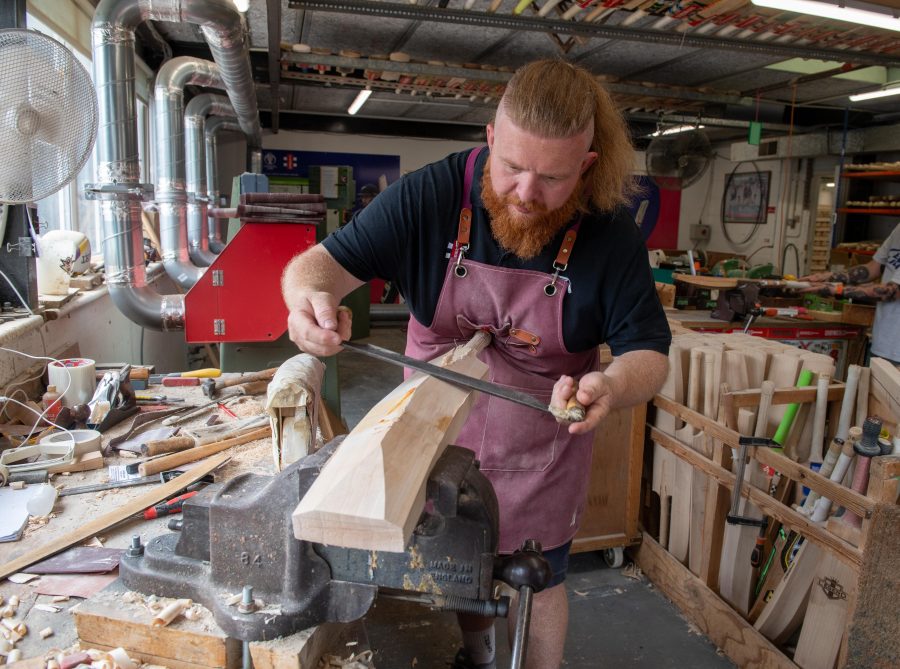
© Guy Newman/KOR 28.06.2023. Cricket bats being manufactured at the Gray Nicholls factory in Robertsbridge, Kent.
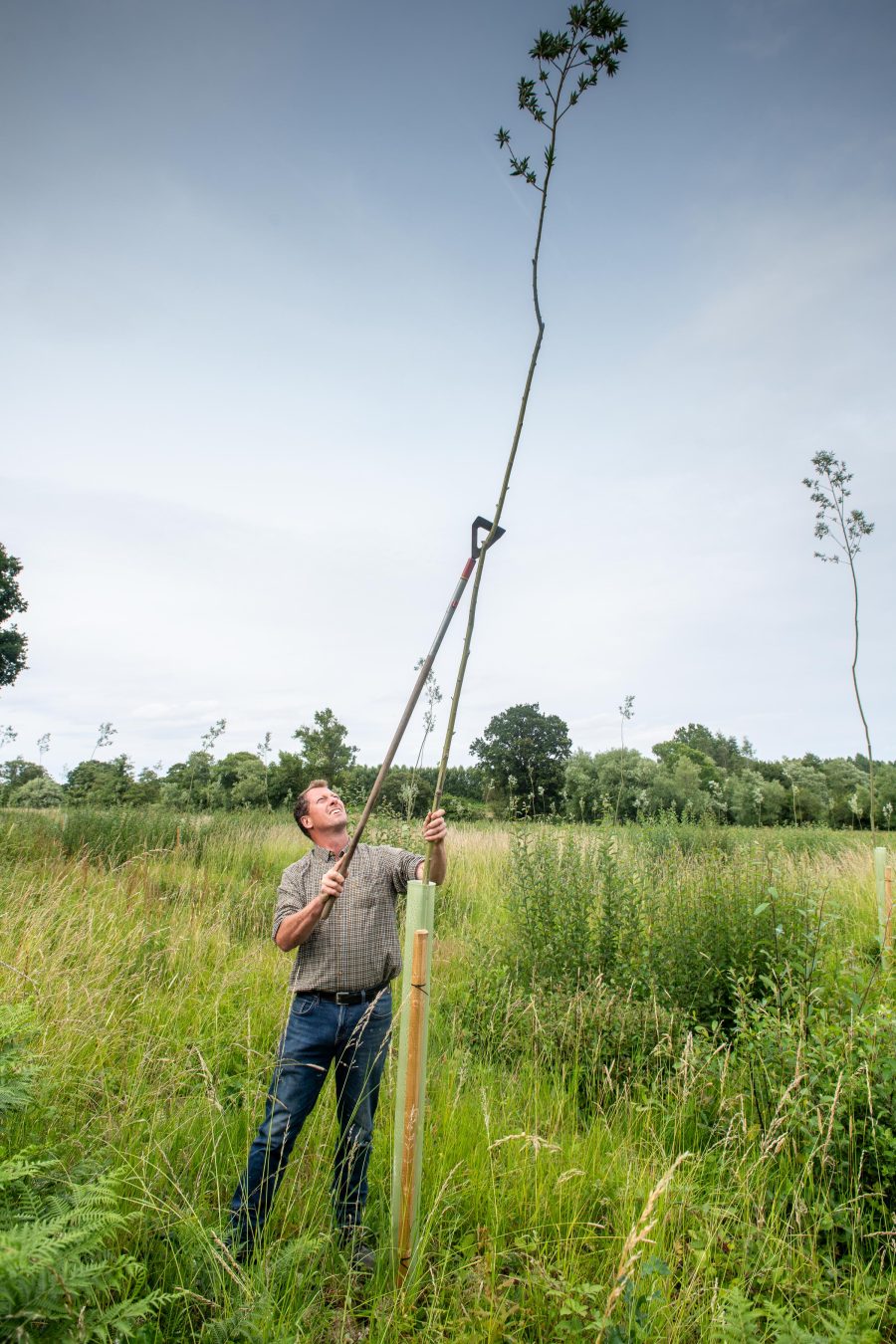
Pic by Guy Newman / KOR Hadlow forester Rick Vallis managing the cricket bat willow trees.

